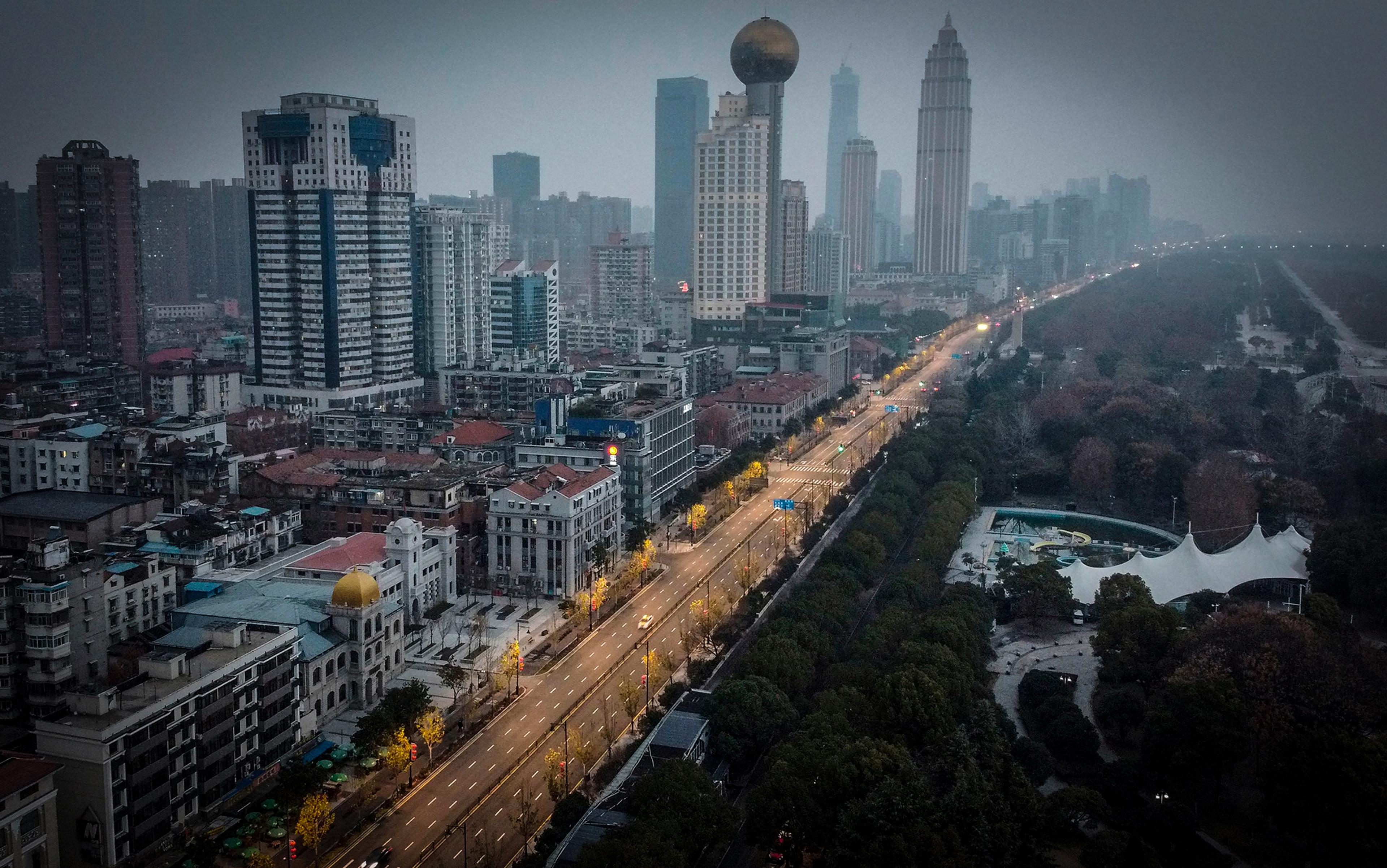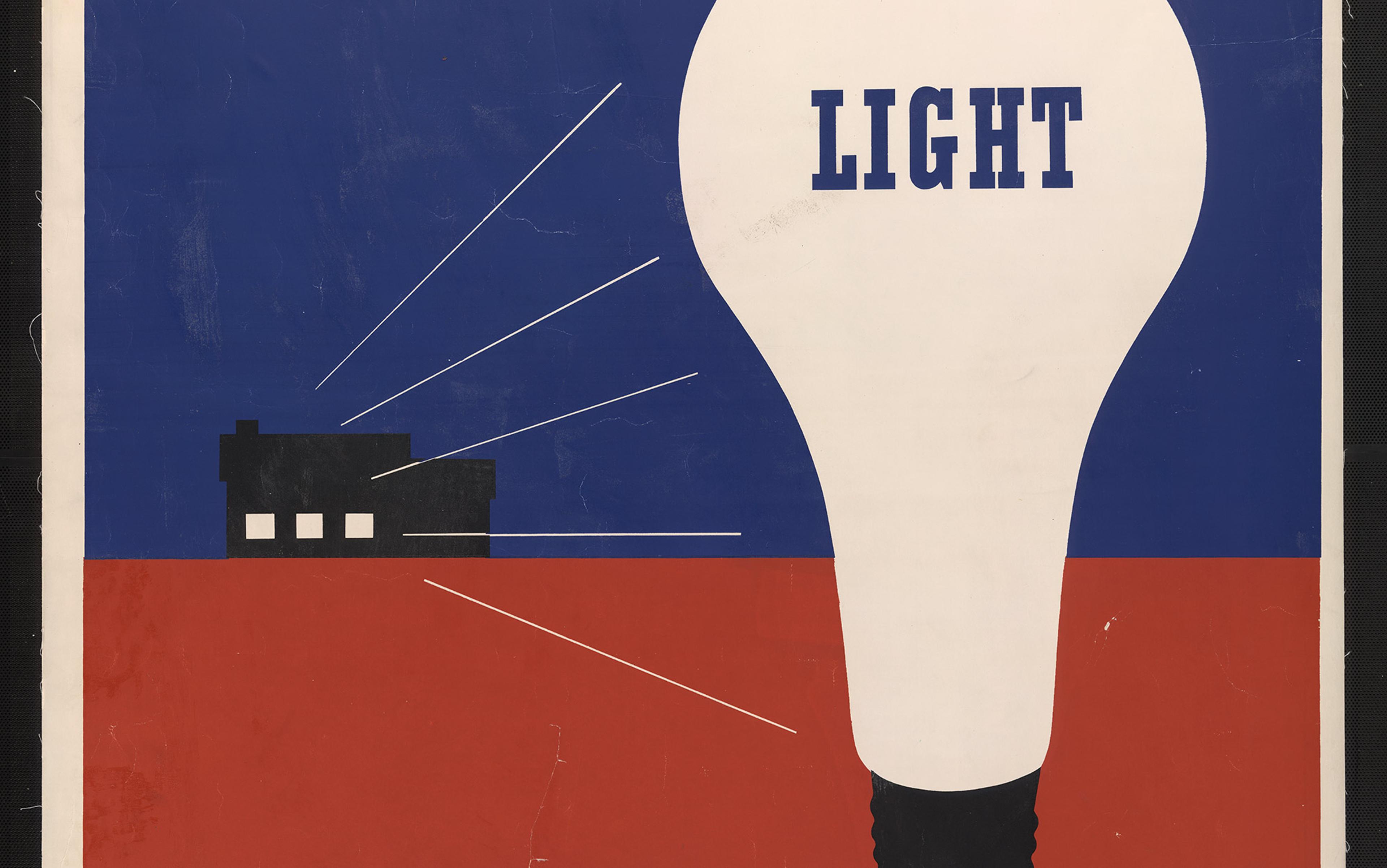More than 40 years ago, as a young woman in Melbourne, Australia, I had a pen friend in Papua New Guinea. She lived in a coastal village, an hour’s slow boat trip from the city of Lae. I went to visit her. The abundant tropical fruit, vegetables such as taro and sweet potato, and fish fresh from the sea made up for the mosquitoes that plagued me. No one was in a rush to do anything.
We spent an entire day making coconut milk. I suggested a different way to squeeze the coconut flesh that would allow us to make the milk faster. The young New Guineans looked quizzical. Making coconut milk always took a whole day. There was no hurry, they said. Today I see my interest in saving time and increasing productivity as a peculiar and interesting cultural eccentricity.
Life in the 21st century, we are told, is faster than ever. Time is scarce, the pace of everyday life is accelerating, and everyone complains about how busy they are. High‑speed traders make millions in milliseconds, and people go speed dating where dates lasts around five minutes. Technological innovation, we hear, is dynamic, disruptive, unfolding geometrically, changing everything. But is it true? Digital technology products claim to shrink space and collapse time while also promising to save us valuable time and free us for life’s important things.
If we believe Silicon Valley, a faster, constantly accelerating world is the problem, and the solution is more speed. Apps for better time-management are proliferating. Self-logging wristbands that track everything from heart rates and sleep patterns to mood fluctuations enable us to better monitor our activities. At my local swimming pool in London, I can wear a bracelet to let me know how efficient my swim strokes are. In case I didn’t know this, a flashing sign at the pool reminds me of this app. Some Californian IT geeks have even resorted to liquid food. Sitting down to enjoy, much less cook, a leisurely meal, is squandering time. Time is under assault. It must be saved. Whether it’s Siri or Cortana (the helpful, accommodating female voice) on your phone, ‘she’ lets you ‘use your voice to send messages, schedule meetings and place phone calls’ while, driving or exercising. Less time, more speed.
If digital technology saves time, how come so many of us feel rushed and harried? Technological utopians once dreamt of the post-industrial society as one of leisure. Instead, we are more like characters in Alice in Wonderland, running ever faster and faster to stand still. Is digital technology at once the cause of time pressure and its solution? Is Sherry Turkle right when she argues in Alone Together: Why We Expect More from Technology and Less from Each Other (2011) that social media has replaced communicating with connecting? Is Tim Wu, a leading authority on net neutrality, right when he says that ‘attention’ is the new scarce resource?
One solution is digital detox. The novelist Jonathan Franzen believes it is impossible to write serious fiction on a computer connected to the internet. He filled his laptop’s Ethernet port with superglue. Evgeny Morozov, an influential writer on digital technology, talks about having to lock up his phone in a safe in order to think, read and work. But digital detox is a piecemeal, privileged solution to a much bigger problem.
As I argue in Pressed for Time: The Acceleration of Life in Digital Capitalism (2015), technology is never a neutral, value-free tool with ‘good’ or ‘bad’ effects. Its design imperatives emerge from, as much as transform, our lives. When it does transform our lives, it usually rearranges details, important details sometimes, but rarely alters our way of life. Simply put, technologies are crystallisations of society, they are frozen social relations.
So are we right to blame the digital revolution for accelerating the pace of life and quickening time? No. Everyone still has 24 hours in a day, seven days in a week and 12 months in a year. Technology mediates our relationship with time, but humans’ lived experience of time remains beyond uniform acceleration. When I sit with my 95‑year-old mother in the nursing home and glance at my smartphone, I am simultaneously in extremely slow and extremely fast time. Digital technology is really good at facilitating this duality. It enables people to experience time differently from one moment to the next, or even at the same moment. It multiplies the diverse temporalities in our lives.
For parents, time with children has not only increased, it has also slowed down to revolve around talking and playing and listening
Of course, there is a difference between objective quantity of time passing and peoples’ experience of that time. Minutes, hours or days can feel either interminable or fleeting, depending on the person and the activity. This is why time-use studies are important. Time-use studies – where people keep detailed daily diaries about what they actually do – help mitigate against the subjective experience of time so we know better how people actually spend their time. Importantly, time-use studies show that, overall, the amount of leisure we have has not decreased. Of course, it varies a great deal between different groups (for example, between professionals who work long hours but are time-poor, and the time-rich who work few or no hours but are poor), but in the past half-century, overall leisure time has remained about the same.
This is where technology comes in. It never simply speeds things up, in part because technology is not something separate from us. Contrary to common rhetoric, technologies do not have a life of their own. Rather, technology makes possible what we do, and affects how we think about time. Often as not, the uses of technology are unpredictable and unplanned. Technological innovators, no matter how visionary, are often less creative than the ways in which people actually integrate tech into their daily lives. Cellphone designers, for example, did not envision texting as a major use of the technology. It was Japanese teenagers who first preferred texting to calling and led the way to a significant change in how people use cellphones.
In historical perspective, one of the biggest changes in how people spend time comes in their family time, especially time with children. For most of history, children were seen as little people, not requiring great sentimental or indulgent special treatment. In recent decades, however, ‘quality time’ with children has become a widely valued activity for many parents. According to all the statistics, the amount of time both mothers and fathers spend with their children has been increasing, not decreasing. To give just one example from recent history, a 2010 study by the sociologist Oriel Sullivan at the University of Oxford revealed that, allowing for variation by education levels, in 1975 British fathers spent an average of three to eight minutes a day on childcare, British mothers eight to 21 minutes. By 2000, British fathers were spending 32 to 36 minutes, on average, on child care per day, and British mothers an average of 51 to 86 minutes a day. Parenting has become much more intensive.
For parents, time with children has not only increased, it has also slowed down to revolve around talking and playing and listening. Technology helps parents, both mothers and fathers, organise and co‑ordinate this slow, quality time with their children. So speed is only one side of the interplay between technology and time. Some aspects of life might well be speeding up, others are slowing down. Diverse temporalities, not simply speed, is the hallmark of life in digital capitalism.
The amazing career of smartphones follows the same pattern of both speeding things up and slowing them down. Smartphones are not primarily used as phones. The most common activities are texting, taking photos and accessing information services online. The mobile phone, a technology originally designed for business professionals, has instead become an essential tool for synchronising social and family activities in a de‑synchronised society.
A de-synchronised society is one where people continue to do many of the same things, such as work and read or watch the news, but no longer do them at the same time as others. The time-space paths of individuals are more variable and spread. People still work as much or more, but the standard 9-to-5, five-day work week has lost its dominance. People still read or watch the news, but we don’t all do it at 7pm, after work, at home in front of the television.
Smartphones, then, have become ubiquitous and indispensable, an organisational tool because of important changes in the way people live and work. These changes are not simply due to technology. The increase in flexible working hours, together with the rise of dual-earner families, has made co‑ordinating with other people, including family members, more difficult and more important. Combined with the rise in ‘enriching’ activities we want to give our children, their care now requires much more co‑ordination and improvisation, especially so that both parents can have professional lives while also participating in these parent-child activities where time is supposed to be slow and focused.
You might have been sleeping or eating dinner or at the dentist, but someone was working and sending you work to do
In historical perspective, this change in working patterns and family forms is major. It brings complex problems of scheduling, balance and co‑ordination, but not any time shortage. In this dynamic, the mobile device offers real advantages. But smartphones have not driven these important changes in family life.
Does email save time and improve our lives? It’s a major symbol of work stress. Who has not complained about how many emails they have to answer? It is much easier to focus and communicate a quantity of email than the content of the work. Email also symbolises distinctive time-shifting properties, a diversity of temporalities. It is asynchronous and decouples responses from messages sent. You might have been sleeping or eating dinner or at the dentist, but someone was working and sending you work to do. Meetings, teleconferences and phone calls require co-presence for communication. Email does not. As a result, it leaves a material reminder of pending or unfinished work.
Smartphones, of course, extend expectations of perpetual availability. But the fact that we feel the need to respond to email quickly is not due to the speed of data transmission, but because of norms that have built up about appropriate response times. That’s why the policies of the German companies Volkswagen, Daimler AG and Deutsche Telekom about banning email at weekends, and even automatically deleting emails sent during holidays, are important. For example, the ‘Mail on Holiday’ setting at Daimler AG automatically sends a reply that goes something like this: ‘I am on vacation. I cannot read your email. Your email is being deleted. Please contact Hans or Monika if it’s really important, or resend the email after I’m back in the office. Danke Schoen.’ Even more notable is a 2014 French law affecting 250,000 employees in the technology and consulting sectors, obliging them to ‘disconnect’ from work calls and emails after working hours. Such policies demonstrate that we are not passive victims of an inherent, accelerating logic of digital technology. We can and do make choices about how we interact with machines.
So does it matter, then, what sort of machinery we have? Are digital technologies at all complicit in our sense of time pressure? I think it matters a great deal. Our cultural expectations of speed are constantly fed by technological innovation, but not always in predictable or envisioned ways, and certainly not always in the ways promised by tech innovators.
Even if actual implementation often finds technology doing things that its designers did not envision, the tools still matter. Human beings build the present and imagine the future with tools designed for certain purposes, and there are more reasons than ever to think about what kind of society we want those tools to advance.
Let me explain. One area in which the story about acceleration has impoverished our imaginations is in relation to technical innovation. The sheer speed of innovation is equated with inventiveness, productivity and efficiency. It is the measure of progress. It is widely presumed that the faster we do things, the more we save time.
The culture of busyness and hyperproductivity is so ascendant, that it is hard to raise questions about whether speed itself should be the ultimate rationale for innovation. Is ‘the best’ technical design always about maximum efficiency in the sense of being economical with time? This instrumental philosophy is certainly at the heart of engineering, in which the latest, fastest and most automated systems appear as, objectively, the best.
Take something we rarely think about, searching the web. The speed of Google’s search engine is so enthralling that few reflect on the fact that it favours some content over others. For example, in 2007 Google had to change their search engine, so that when you type in ‘she invented’, the autocomplete no longer comes up with the query: ‘Do you mean “he invented”?’ Google was not deliberately gender-biased, but its algorithms reflected the values and culture of our world. Most people tend to regard algorithms as neutral brokers of relevant knowledge, but they are inevitably influenced by those who design and write them.
What about the breakdowns, the maintenance and the repairs? What about that ever-mounting pile of plastic trash?
The constant upgrading of computer software and hardware is another example. I went to the Apple store to get my iPod repaired and was told: ‘Two years old, madam! We certainly can’t repair things that are two years old.’ Much of so-called innovation is trivial; it is really a way of locking people into existing products, enforced obsolescence and higher profits. The flip side of accelerated novelty production – the continual simulation of the new – is a mounting pile of trash.
Would a computer that lasted years, could be easily updated, repaired and upgraded, and was easy to learn and use, be better for most people than a computer that came with new software and features every few years but had to be replaced? The time it takes us to maintain our digital infrastructure at home, the work of continually upgrading our machines and getting used to new software, is significant. This real consumption of time is never discussed by the tech industry. Their story, and the temporal story of technology that we tend to favour, is the early moments of inception and the heroic inventors. What about the breakdowns, the maintenance and the repairs? What about that ever-mounting pile of plastic trash? I don’t know where to draw the line, but I am certain these questions need to be considered.
To be absolutely clear, I’m not nostalgic for a more natural, less digitised past. Neither do I see the emerging slow time movements (whether it’s Slow Food or mindfulness) as the solution. Individualistic adaptations will not solve problems requiring collective, societal wide change. The emancipatory potential of new technological developments is real and, to me, fascinating. I’ve spent most of my life studying them. One thing I have learned however is that innovation is not imagination, and that the world imagined by tech visionaries is not in fact such a brave or new one.
If technology is going to contribute to a better world, people must think about the world in which they want to live. Put simply, it means thinking about social problems first and then thinking of technological solutions, rather than inventing technologies and trying to find problems they might solve.
We can’t do this while the people who design our technology and decide what is made are so unrepresentative of society. The most powerful companies in the world today – such as Microsoft, Apple and Google – are basically engineering companies and, whether in the US or Japan, they employ few women, minorities or people over 40. Recently, Jesse Jackson, the American civil rights leader, has called attention to the tiny number of women, Hispanics and African Americans employed by tech industries. Such skewed organisational demographics inevitably influence the kind of technology produced.
This is one reason why the visions of Silicon Valley are in fact so circumscribed. According to the current hype about singularity, we will soon have intelligent humanoid robots that will save us time by performing the labour of care. In this fantasy of a completely automated service sector, care of the sick and elderly will be delegated to machines. That fact that ‘Nursebots’ often bear a striking resemblance to the sexualised female figures of video games speaks volumes about the engineering mindset that envisages delegating love and care to oddly eroticised and gendered machines. Not all labour can be automated or accelerated. Just as importantly, do we want it to be?
Uber, the private taxi and ride-share company, says the company is ‘evolving the way the world moves’ and that they ‘bring people and their cities closer’. At the same time, Uber refers to the display mode in which employees can view real-time information on its service users as the ‘God View’. Do we really want to think of the divine as a glimpse of customer-account information in a commercial traffic array?
Futuristic visions based on how technology can speed up the world tend to be inherently conservative, or even sometimes regressive. They do not pose imaginative or challenging questions about alternative social relationships and ways of life. The future on offer is one in which everything is faster and easier, but stays the same.
If we feel pressed for time today, it is not because of technology, but because of the priorities and parameters we ourselves set. Digital time is no different – ultimately it needs to be understood as a product of the ways in which humans use, interact with and indeed build technology. If we want technology to bring us a better future, we must contest the imperative of speed and democratise engineering. We must bring more imagination to the field of technological innovation. Most of all, we must ask bigger questions about what kind of society we want. Technology will follow, as it usually does.






